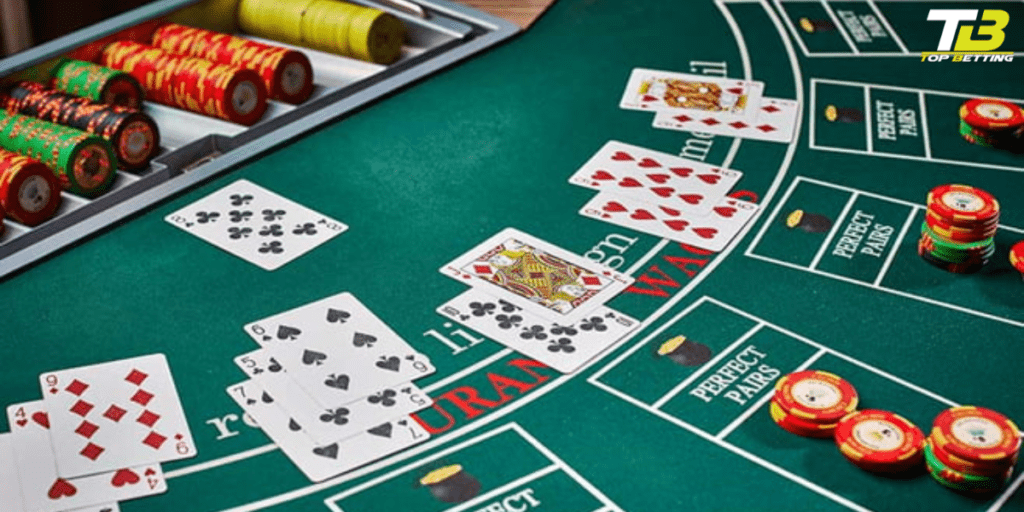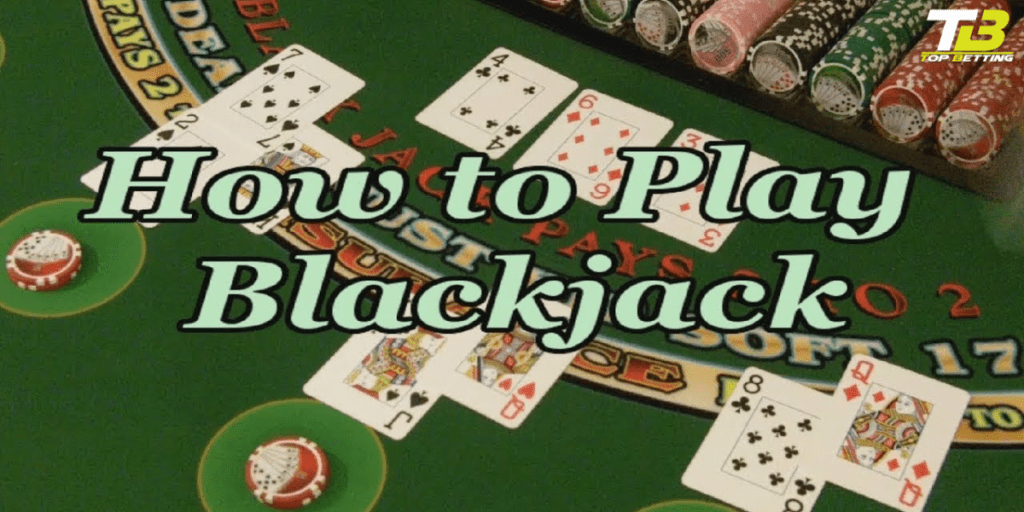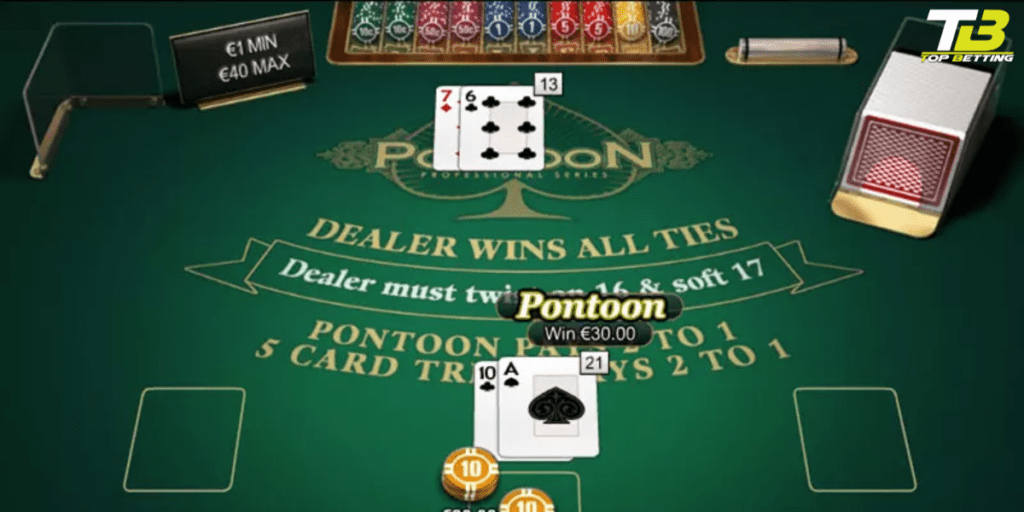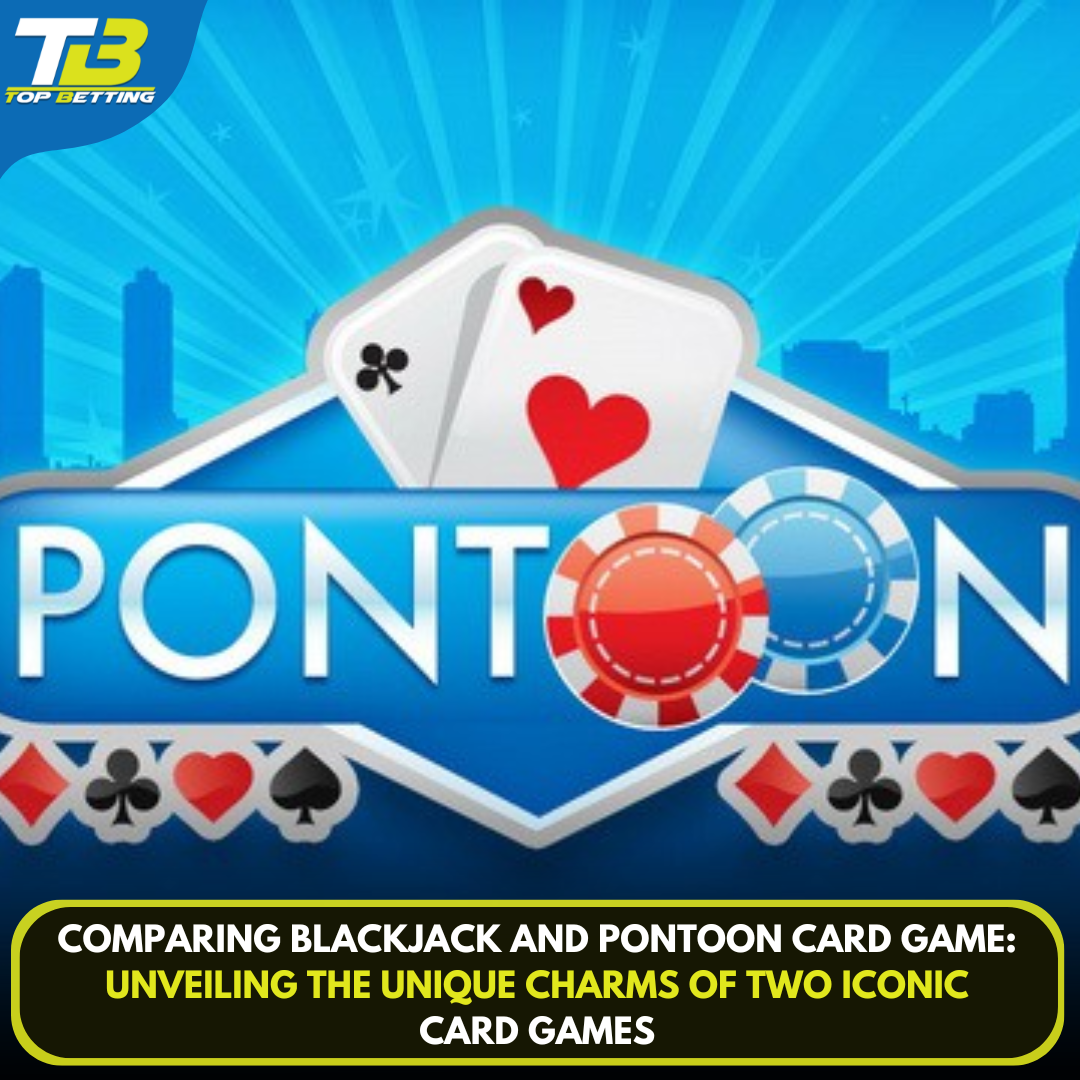
Comparing Blackjack and Pontoon Card Game
Are you a fan of card games? If so, you’ve probably heard of blackjack and pontoon. These popular casino games may seem similar at first glance, but they actually have some unique aspects that set them apart.
Origins and history of blackjack
In the world of casino gaming, blackjack is undoubtedly a classic. Its origins can be traced back to 18th-century France, and it has since become a staple in many land-based and online casinos. The game’s popularity can be attributed to its simplicity and the thrill it offers to players.
Blackjack, also known as “21,” gets its name from the objective of the game. The goal is to beat the dealer’s hand without exceeding a total of 21. Each player is dealt two cards, and they have the option to “hit” and receive additional cards or “stand” and keep their current hand. The game combines luck and strategy, making it a favorite among both casual players and seasoned gamblers.
Origins and history of pontoon
On the other hand, pontoon is less well-known but equally intriguing. Originating in the UK, this variation of blackjack has its own set of rules and terminology. It offers players a different experience and adds an extra layer of excitement to the game.
Pontoon shares similarities with blackjack, but there are some key differences that make it a unique game. For instance, in pontoon, the dealer’s cards are both face-down, increasing the element of uncertainty. The objective is also slightly different, with players aiming to have a hand that is closer to 21 than the dealer’s hand. Additionally, a pontoon hand, which consists of an Ace and a 10-value card, is the highest-ranking hand in the game.
The origins of Pontoon, also known as British Blackjack, can be traced back to the United Kingdom in the early 20th century. It is believed to have evolved from the game of Vingt-et-Un, which means “twenty-one” in French, and shares similarities with Spanish 21 and traditional blackjack.
Pontoon gained popularity in British casinos and among British naval officers during World War I. Its appeal spread beyond the military, becoming a favorite pastime in social circles and gambling establishments across the country.
The game’s name, “Pontoon card game,” is thought to have originated from the French word “pontoon,” referring to a card game played on a pontoon bridge during the war.
Pontoon’s rules have evolved over time, adapting to different regions and player preferences. While the basic objective remains the same—achieve a hand total closer to 21 than the dealer without exceeding it—variations in rules and gameplay have emerged, leading to diverse versions of the game.
Today, Pontoon continues to be enjoyed in casinos worldwide, albeit with regional differences in rules and terminology. Its rich history and enduring popularity attest to its status as a classic card game cherished by players seeking excitement and strategy at the gaming table.
How to play blackjack

To play blackjack, each player is initially dealt two cards, and the dealer receives one card face-up. The numbered cards retain their face value, while the face cards (King, Queen, and Jack) are valued at 10. The Ace can be counted as either 1 or 11, depending on the player’s choice. The player must then decide whether to “hit” and receive another card or “stand” and keep their current hand. The objective is to have a hand with a total value closer to 21 than the dealer’s hand, without exceeding 21.
It’s important to note that blackjack is not solely dependent on luck. There are several strategies that players can employ to increase their chances of winning. These include basic strategies such as knowing when to hit or stand based on the dealer’s upcard, as well as more advanced techniques like card counting.
How to play pontoon
In pontoon, each player is dealt two cards face-down, while the dealer’s cards are also face-down. The players must then decide whether to “twist” (hit) and receive additional cards or “stick” (stand) and keep their current hand. The objective is to have a hand value closer to 21 than the dealer’s hand, without exceeding 21.
Pontoon introduces some unique terminology. For example, players can choose to “buy” cards, which allows them to increase their bet and receive additional cards. Players can also “twist” multiple times in a single round, unlike in blackjack where hitting after the initial two cards is limited.
Key differences between blackjack and pontoon
While blackjack and pontoon share similarities, there are several key differences that set them apart. In blackjack, players can see one of the dealer’s cards, which gives them some information to base their decisions on. In pontoon, however, both of the dealer’s cards are face-down, making it more challenging to gauge the dealer’s potential hand.
Another significant difference is the ranking of hands. In blackjack, a hand with a total value of 21 consisting of two cards (an Ace and a 10-value card) is called a “blackjack” and is the highest-ranking hand. In pontoon, a hand with the same value is called a “pontoon” and is also the highest-ranking hand.
Strategies for winning at blackjack
To increase your chances of winning at blackjack, it’s crucial to familiarize yourself with basic strategies. These strategies are based on statistical probabilities and can help you make informed decisions during the game. For example, it’s generally advisable to hit when your hand value is 11 or less, and the dealer’s upcard is 7 or higher. Conversely, it’s recommended to stand when your hand value is 17 or higher, regardless of the dealer’s upcard.
Advanced strategies, such as card counting, can further enhance your chances of winning. Card counting involves keeping track of the cards that have been dealt to determine the composition of the remaining deck. While card counting is not illegal, it is frowned upon by casinos, and players must be discreet when employing this technique.
Strategies for winning at pontoon Card Game

Like blackjack, pontoon also has strategies that players can use to improve their odds of winning. These strategies revolve around knowing when to twist, stick, or buy cards. For instance, it’s generally recommended to twist if your hand value is 14 or less, and stick if your hand value is 15 or higher. Buying cards can be advantageous in certain situations, such as when you have a hand value of 14 or less and the dealer’s upcard is a 5 or 6.
It’s worth noting that pontoon is a game of skill, and employing the right strategies can significantly increase your chances of winning. However, as with any casino game, there is always an element of luck involved.
Winning at Pontoon requires a combination of strategy, skill, and luck. Here are some key strategies to improve your chances:
Understand the Rules: Familiarize yourself with the specific rules of Pontoon at the casino you’re playing. Each establishment may have slight variations in rules, such as the number of decks used, payout ratios, and specific card values.
Learn Basic Strategy: Pontoon has optimal plays for every possible hand combination. Study and memorize basic Pontoon strategy charts to know when to hit, stand, double down, or split.
Pay Attention to Card Values: In Pontoon, a natural Pontoon (an ace and a face card or a ten) is the best hand, paying out higher than other winning hands. Keep track of the cards already played to estimate the likelihood of hitting a Pontoon.
Use Doubling and Splitting Wisely: Knowing when to double down or split pairs can significantly increase your potential winnings. Follow basic strategy guidelines on when to utilize these options based on your hand and the dealer’s upcard.
Manage Your Bankroll: Set limits on how much you’re willing to spend and stick to them. Avoid chasing losses by betting more than you can afford.
Practice Patience: Pontoon can be a fast-paced game, but exercising patience and discipline can prevent impulsive decisions that may lead to losses.
Take Advantage of Bonuses and Promotions: Some casinos offer bonuses or promotions specifically for Pontoon players. Take advantage of these opportunities to maximize your winnings.
By employing these strategies and maintaining a clear-headed approach to the game, you can increase your chances of success and enjoyment while playing Pontoon.
Popular variations of blackjack and pontoon
Over the years, numerous variations of blackjack and pontoon have emerged, each offering its own unique twist on the original game. Some popular variations of blackjack include Spanish 21, Double Exposure Blackjack, and Blackjack Switch. These variations introduce additional rules or side bets, adding new layers of excitement and strategic possibilities to the game.
Similarly, pontoon has its own variations, such as Australian pontoon and Malaysian pontoon. These variations often have slight rule differences, providing players with fresh challenges and experiences.

Conclusion
Whether you prefer the familiarity of blackjack or the thrill of pontoon, understanding the unique aspects of each game is essential for maximizing your enjoyment and potential winnings. Blackjack’s simplicity and strategic depth make it a timeless classic, while pontoon offers a captivating variation with its own set of rules and strategies.
Ultimately, the choice between blackjack and pontoon comes down to personal preference. Some players may enjoy the excitement and uncertainty of pontoon, while others may prefer the strategic nuances of blackjack. Whichever game you choose, remember to play responsibly and have fun exploring the world of card games.
So, whether you’re ready to take on the dealer in a game of blackjack or dive into the world of pontoon, these two captivating card games are sure to provide you with hours of entertainment and excitement.











